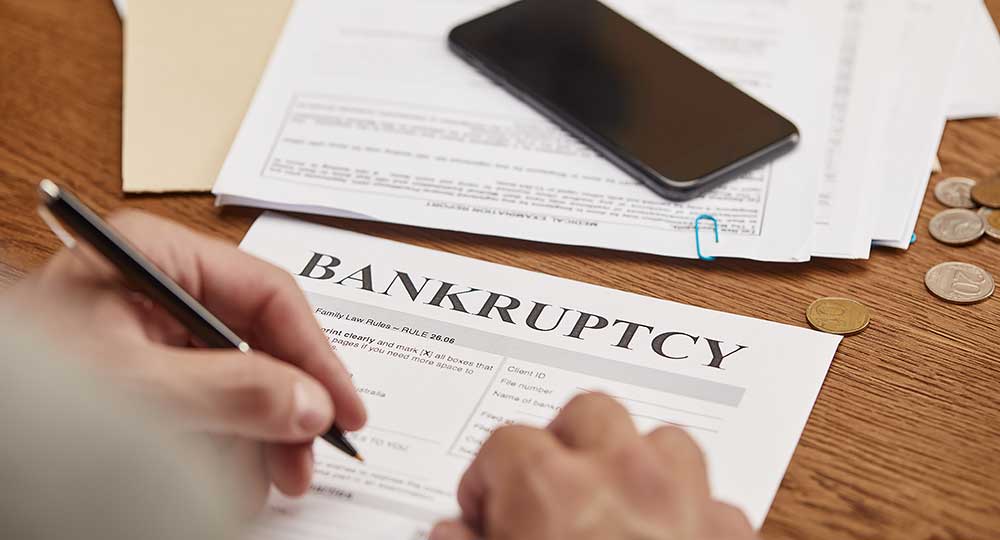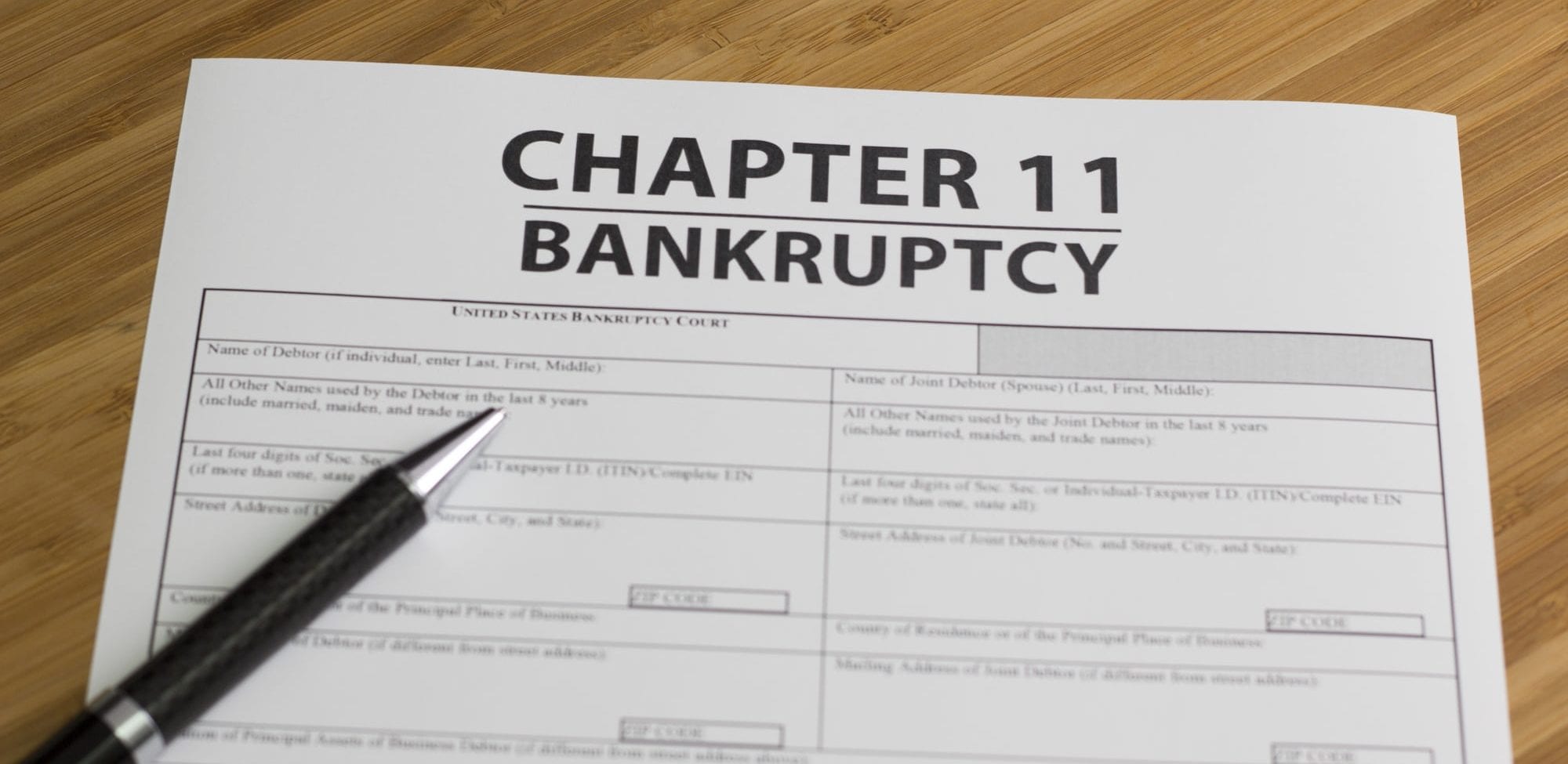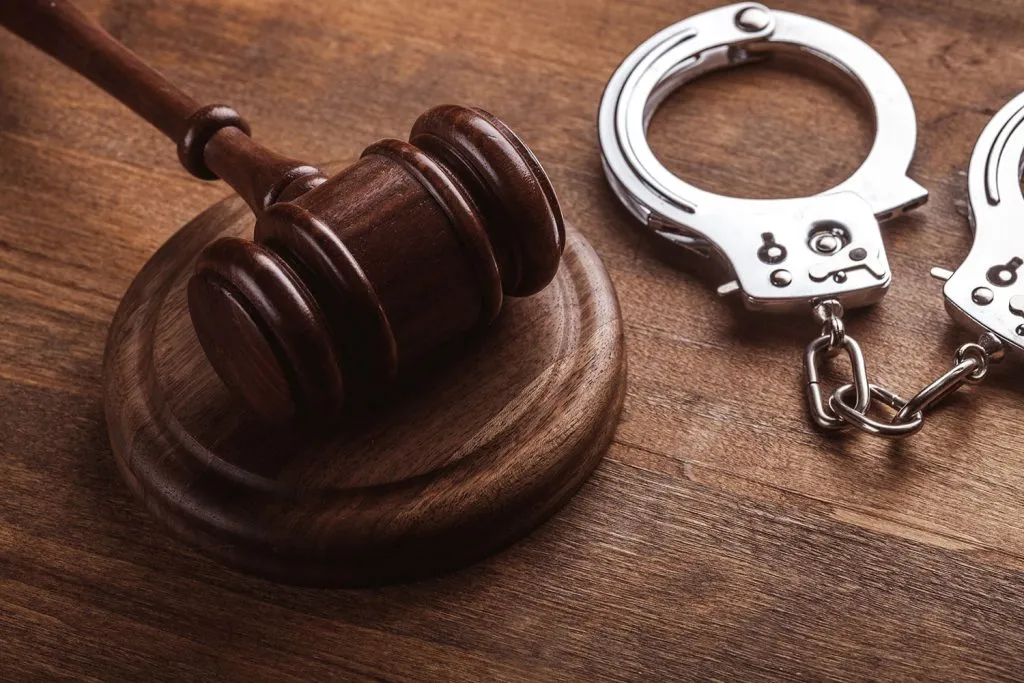Bankruptcy is a legal process that provides debt relief to individuals and businesses who can no longer repay their debts. When a debtor files for bankruptcy, an automatic stay goes into effect that stops all collection actions against the debtor. One of the main benefits of filing for bankruptcy is receiving a bankruptcy discharge, which eliminates the legal obligation to pay certain qualifying debts.
The period for a bankruptcy order depends on the chapter under which the bankruptcy petition was filed. The main chapters that provide for bankruptcy discharge include:
Chapter 7 Bankruptcy
Chapter 7 bankruptcy, also known as liquidation bankruptcy, involves liquidating non-exempt assets to pay creditors. The bankruptcy trustee appointed to the case sells the debtor’s nonexempt assets and uses the proceeds to pay creditors according to priority.
In a chapter 7 case, the discharge order is typically entered 60 to 90 days after the date of the first meeting of creditors. This meeting is called the 341 meeting and is usually held 20 to 40 days after filing. Adding the 60 to 90 day period after the 341 meeting to the 20 to 40 days between filing and the 341 meeting, most chapter 7 discharge orders are entered about 3 to 5 months after the bankruptcy petition date.
Chapter 13 Bankruptcy
Chapter 13 bankruptcy allows debtors to keep their assets while repaying creditors over 3 to 5 years through a court-approved repayment plan. The discharge order is typically entered once all plan payments have been made. For a standard 60 month plan, the discharge order would be entered 5 years after filing.
It is possible to get a discharge early in a chapter 13 with court approval, such as after paying off priority and secured debts. The court can grant a “hardship discharge” without completing payments if the debtor experiences extenuating circumstances.
Chapter 11 Bankruptcy
In a chapter 11 bankruptcy reorganization, the debtor keeps assets and restructures debts while continuing to operate the business. The timing of the discharge order depends on the reorganization plan.
For individual chapter 11 cases, the discharge is entered when the court confirms a plan, usually 3 to 6 months after filing. Corporate chapter 11 plans often take longer, sometimes years, to confirm. The discharge enters when the plan is confirmed.
Chapter 12 Bankruptcy
Chapter 12 bankruptcy allows family farmers and fishermen to restructure debts into a 3 to 5 year repayment plan. The discharge order is entered once debtors complete plan payments, usually about 3 to 5 years after filing. A hardship discharge is possible with court approval.
When Debts Are Discharged
The discharge order eliminates a debtor’s legal obligation to pay dischargeable debts, such as credit card bills, medical bills, signature loans, and utility bills. Debts for alimony, child support, taxes, and student loans are typically not discharged.
After receiving a discharge, creditors included in the bankruptcy cannot initiate or continue collection actions. Any attempts to collect discharged debts violate the discharge injunction.
The bankruptcy discharge provides honest but unfortunate debtors with a fresh financial start. Understanding the timing of the discharge order helps set expectations for the bankruptcy process. With some exceptions, most discharge orders are entered within a few months to several years after filing the bankruptcy case.







